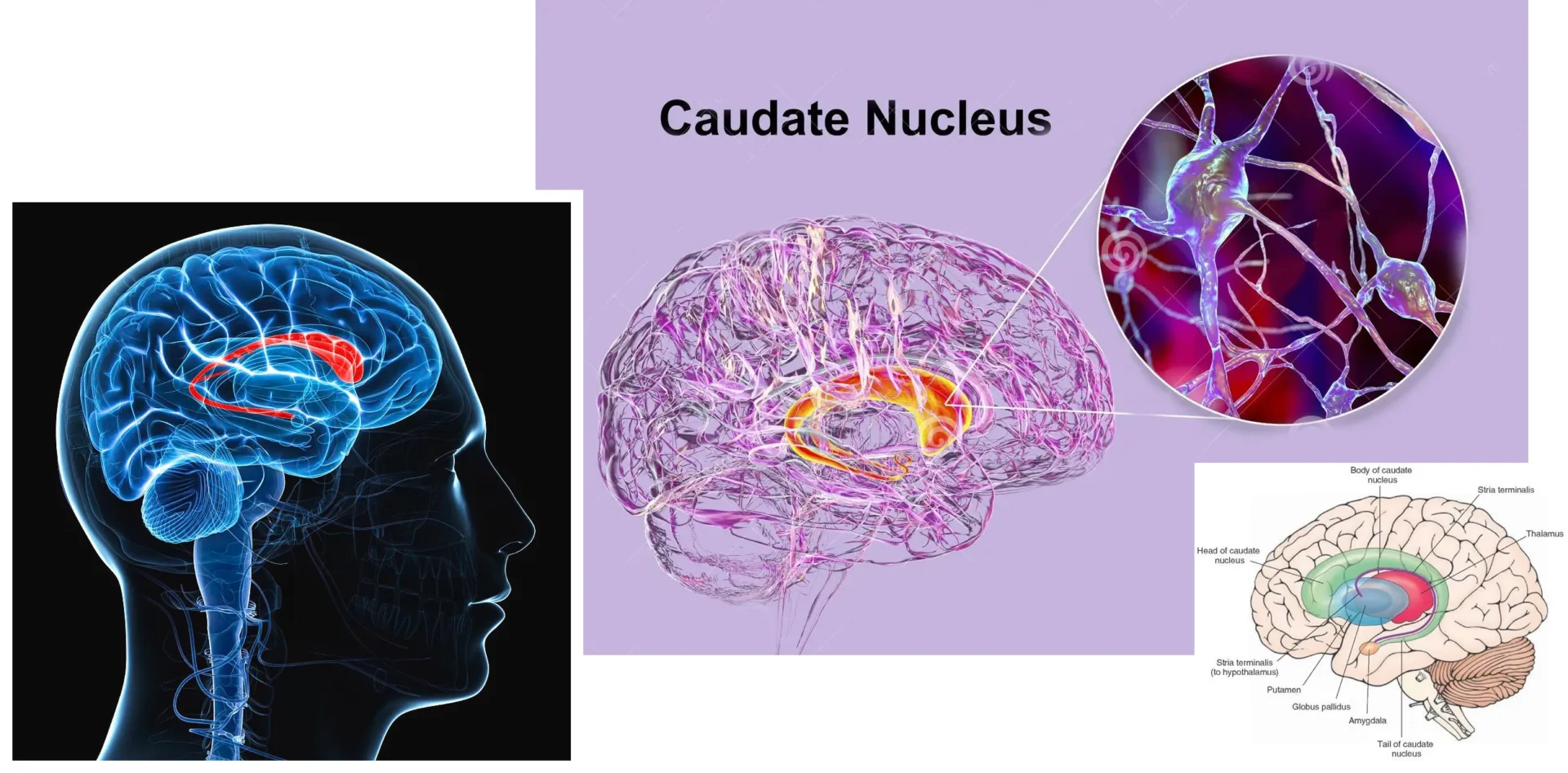The Science Behind HSAM
Highly Superior Autobiographical Memory (HSAM), formerly known as Hyperthymesia, is a rare neurological condition characterized by the extraordinary ability to recall a vast majority of personal experiences and events with exceptional detail. While most individuals can typically recall a limited number of days from each year of their lives, individuals with HSAM, like Bob Petrella The Memory Man, can often recall over 200 days, effortlessly and without conscious effort.


A Unique Neurological Condition
HSAM is an extremely rare condition, with fewer than 100 individuals identified worldwide. Research has revealed significant neurological differences in individuals with HSAM. For instance, studies have shown that the caudate nucleus, a crucial part of the brain involved in learning and memory, is significantly larger in individuals with HSAM compared to the general population. In some cases, the caudate nucleus in individuals with HSAM has been found to be seven times larger than average, a remarkable anatomical difference.
Understanding HSAM
It's crucial to understand what HSAM is not:
Not Photographic Memory
HSAM is not synonymous with photographic memory, which refers to the ability to vividly recall visual images.
Not Autism or Savant Syndrome
While individuals with HSAM may possess exceptional memory abilities, it is not associated with autism spectrum disorder or savant syndrome.
Not Absolute
While individuals with HSAM possess remarkable memory capabilities, their memories are not infallible. They are still susceptible to occasional inaccuracies or gaps in their recollections.
The Phenomenon of HSAM
Highly Superior Autobiographical Memory (HSAM) is a rare neurological condition characterized by the extraordinary ability to recall a vast majority of personal experiences and events with exceptional detail. Individuals with HSAM can vividly remember seemingly insignificant details of their lives, often recalling over 200 days from each year. This remarkable ability is involuntary and automatic, occurring without conscious effort or the use of mnemonic devices.
HSAM is distinct from other forms of exceptional memory. It's not synonymous with photographic memory, which refers to the ability to vividly recall visual images. Nor is it associated with autism or savant syndrome, which involve other unique cognitive abilities. While individuals with HSAM may possess impressive memory capabilities, they are not immune to everyday forgetfulness, such as misplacing keys or forgetting where they parked their car.
Research has revealed significant neurological differences in individuals with HSAM. Studies have shown that the caudate nucleus, a crucial brain region involved in learning and memory, is significantly larger in individuals with HSAM compared to the general population. In some cases, this difference can be substantial, with the caudate nucleus in individuals with HSAM being seven times larger than average.
HSAM in Popular Culture
The CBS television series "Unforgettable" provides a fictionalized portrayal of individuals with enhanced memory abilities. The main character, Carrie Wells, possesses extraordinary memory capabilities that she utilizes to aid in criminal investigations. While fictional, the series offers a glimpse into the potential implications of such a condition.

HSAM Research Studies
TESTING: The testing of Bob Petrella and others entailed a variety of standardized and neuropsychological tests in their diagnosis. These included tests of language, calculations, IQ, visual-spacial and visual-motor functions. They also devised novel tests to examine the extent of memory abilities. These mostly consisted of questions pertaining to specific dates and events in history.
MRI scans done by researchers at the University of California, Irvine reveal two abnormally large areas in the brain. " That discovery could lead to breakthroughs on how memories are formed and kept," says Dr. Larry Cahill, one of the lead neuroscientists in charge of the studies. The two magnified areas in the brain are the caudate nuclei-typically used for memory when forming automatic habits- and a port of the temporal lobe that stores facts, dates and events. "
These two areas of the brain may be working together, in a way unknown before, to make detailed recall of every day as automatic as remembering to brush your teeth in the morning or to put on a seat belt, the research team speculates.
This may be a key piece of the puzzle as to how memory works, and may be used in future research to help people with memory disorders.
--SOURCE: USA TODAY
Memory expert Howard Eichenbaum of Boston University says," Looking at memory from a superior perspective gives us a new tool. It may just broaden our knowledge and ability to know what's going on.""
The result certainly pushes us beyond the boundaries of what we might normally think," stated Eichenbaum." It violates a standard principle that most of us have, which is that normal memory is pretty damn optimized"
--SOURCE: SCIENCE NEWS
Superior autobiographical memory could, in theory, give neuroscientists insights from the opposite pole. " We have a new tool in which we can look at memory when it is functioning at a higher level," states lead Researcher Aurora LePort. These studies might also furnish a new appreciation of the critical balancing act between remembering and forgetting to keep from getting overpowered by thought and emotion.
--SOURCE: SCIENTIFIC AMERICAN
The new research released today provides insight into one of the neuroscience's most intriguing mysteries: how the human brain learns and remembers. These studies illustrate the profound influence that specific changes in either the brain's structure, function, or both, can have on human behavior.
The study used magnetic resonance imaging (MRI) to obtain a deeper understanding of how the brains of these individuals are functioning to form and retrieve autobiographical memories. The study compared the brains of 11 people with HSAM (Including Bob Petrella) with those of a group of control participants with average memory, revealing significant differences in the shape and size of brain regions that may contribute to a participant's memory abilities.
In other words, like everyone else, people with HSAM can occasionally forget where they left their keys, or parked their car.
" Those results suggest that the brain structures shown to be structurally different are probably contributing to our HSAM participant's phenomenal autobiographical memory abilities," said UCI lead researcher Aurora Leport.
Boston researcher Howard Eichenbaum says," Such research will also help us develop more effective interventions and treatments for brain diseases and conditions that interfere with- and sometimes even destroy-our ability to learn and remember."
--SOURCE: SOCIETY FOR NEUROSCIENCE
Connect With Bob
While HSAM is a unique and rare condition, Bob believes that certain strategies can be beneficial for improving memory in the general population. To book Bob Petrella The Memory Man for a speaking engagement at your school, conference, or organization, please contact us today.